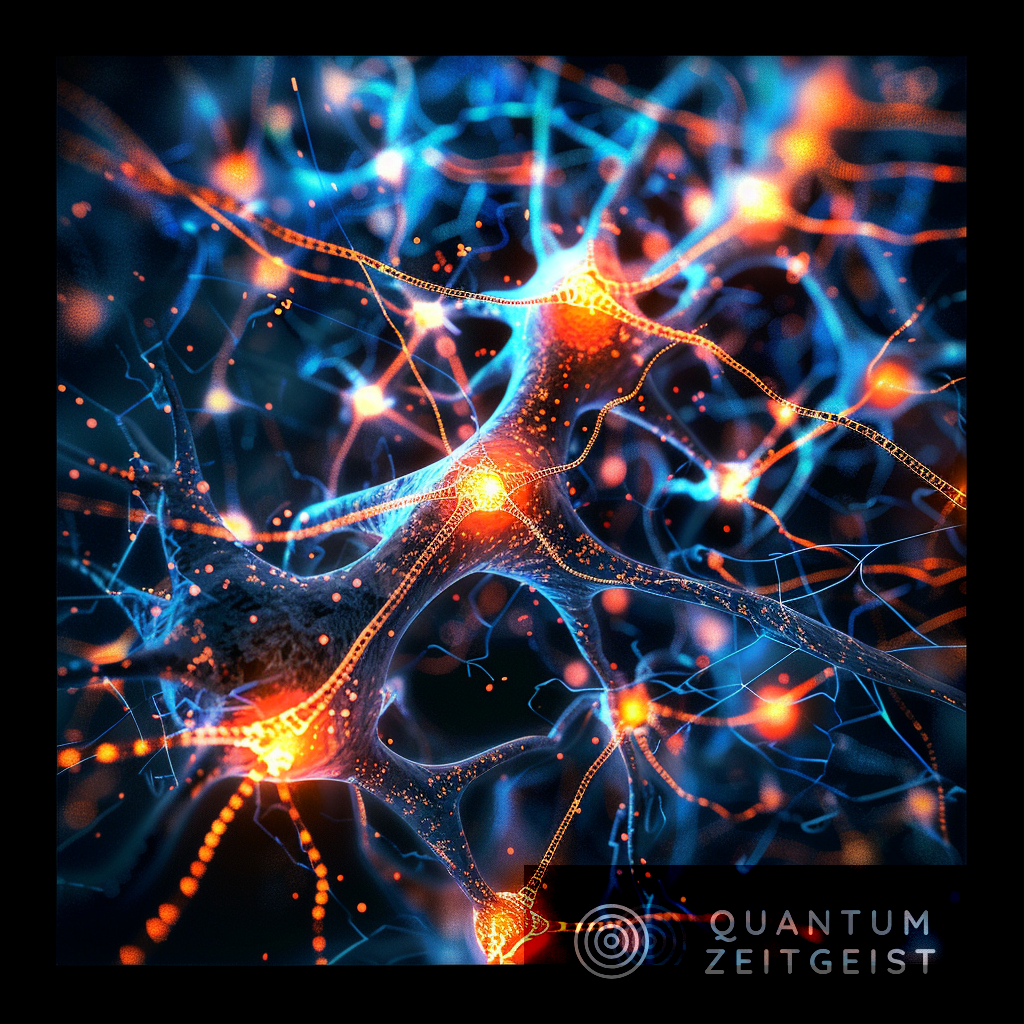Quantum steering, a concept in quantum information science, refers to the ability of one party to influence the state of another through measurements. This concept is fundamental to quantum correlations, which offer advantages over classical counterparts. However, verifying the steerability of a quantum state is challenging. Deep learning, a subset of machine learning, has been used to infer the steerability of quantum states. The approach has revealed insights into the hierarchical structure of quantum steering and could have significant implications for quantum communication protocols and quantum computing algorithms. The future of quantum steering and deep learning looks promising.
What is Quantum Steering and Why is it Important?
Quantum steering is a concept that has been gaining increasing attention in the field of quantum information science due to its fundamental importance and potential applications. Quantum steering refers to the ability of one party, say Alice, to influence or “steer” the state of another party, say Bob, through her measurements. This concept is crucial in quantum information science as it forms the basis for quantum correlations, which are nontrivial resources that offer advantages over classical counterparts.
Quantum correlations are acknowledged as a nontrivial resource, showing advantages over classical counterparts for quantum foundations and quantum information. Among the family of quantum correlations, Bell nonlocality is arguably the most famous one due to the historical debate of Einstein, Podolsky, Rosen paradox. A nonlocal state can be certified by the violation of Bell’s inequality and can be explicitly applied to fully device-independent quantum information tasks.
Apart from the fully device-independent scenario, the constraints can be relaxed to the one-side device-independent quantum information tasks, in which one of the two-party system, say Bob, is steered by the other party’s, say Alice, untrusted measurements. In this Alice-to-Bob steering scenario, one relies on a steerable correlation, also referred to as steerable assemblage, as a resource to achieve quantum advantages over an unsteerable assemblage admitting the local-hidden-state (LHS) models.
How is Quantum Steering Measured and What are the Challenges?
The measurement of quantum steering involves a hierarchical structure of specific numbers of measurement settings. However, verifying the steerability of a quantum state remains a cumbersome task. To achieve this, one has to optimize over all possible incompatible measurements, such as the number of observables and which observables to be measured on a given state. This classification of quantum states according to the minimal number of required observables to exhibit steerability forms a hierarchy, referred to as the hierarchy of steering measurement settings.
There have been many approaches to test the incompatibility of a given assemblage with respect to the LHS models. However, both conditions are not strong enough in fully discriminating the unsteerability of qubit-pair states. The explicitly experimental examination of the insufficiency has been reported recently. On the other hand, the machine-learning approach has also been applied to verify the quantum correlations.
How Can Deep Learning Help in Quantum Steering?
Deep learning, a subset of machine learning, has been leveraged to infer the steerability of quantum states. The power of the deep learning model lies in its ability to infer the steerability of quantum states with specific numbers of measurement settings, which form a hierarchical structure. A computational protocol consisting of iterative tests is constructed to overcome the optimization, meanwhile generating the necessary training data.
The supervised deep learning algorithm is used to infer the fine-grained hierarchy of steering measurement settings. Due to the insufficiency of the theoretical criteria to exactly verify this hierarchy for quantum states, the actual boundaries of the hierarchy are undetermined. This problem, without ground truth or hard to find out the ground truth, is called to be GT-deficient. This hinders the generation of reliable training data as well as the training of a supervised deep learning algorithm.
What are the Findings and Implications of the Study?
According to the responses of the well-trained models to the different physics-driven features encoding the states to be recognized, it can be numerically concluded that the most compact characterization of the Alice-to-Bob steerability is Alice’s regularly aligned steering ellipsoid, whereas Bob’s ellipsoid is irrelevant. This result has been explained with the one-way stochastic local operations and classical communication.
The approach is versatile in revealing further insights into the hierarchical structure of quantum steering and detecting the hidden steerability. The results suggest that in contrast to the entanglement, the characterization of the steerability from Alice to Bob is dominantly determined by Alice’s. This finding could have significant implications for the field of quantum information science, particularly in the development of quantum communication protocols and quantum computing algorithms.
What is the Future of Quantum Steering and Deep Learning?
The use of deep learning in quantum steering is still in its early stages, and there is much potential for further research and development. The machine-learning approach has also been applied to verify the quantum correlations. Although the idea of detecting the steerability of qubit-pair states with machine learning has been implemented, their approach hardly reveals the physical insights, such as the minimal number of required observables to demonstrate steerability and characterization of the steerability of quantum states from the prediction.
The future of quantum steering and deep learning looks promising, with the potential for new insights and advancements in quantum information science. As the field continues to evolve, it is expected that deep learning algorithms will play an increasingly important role in understanding and harnessing the power of quantum steering.
Publication details: “Deep learning the hierarchy of steering measurement settings of qubit-pair states”
Publication Date: 2024-03-01
Authors: Hongming Wang, Huan-Yu Ku, Ji Lin, Hong-Bin Chen, et al.
Source: Communications Physics
DOI: https://doi.org/10.1038/s42005-024-01563-3

